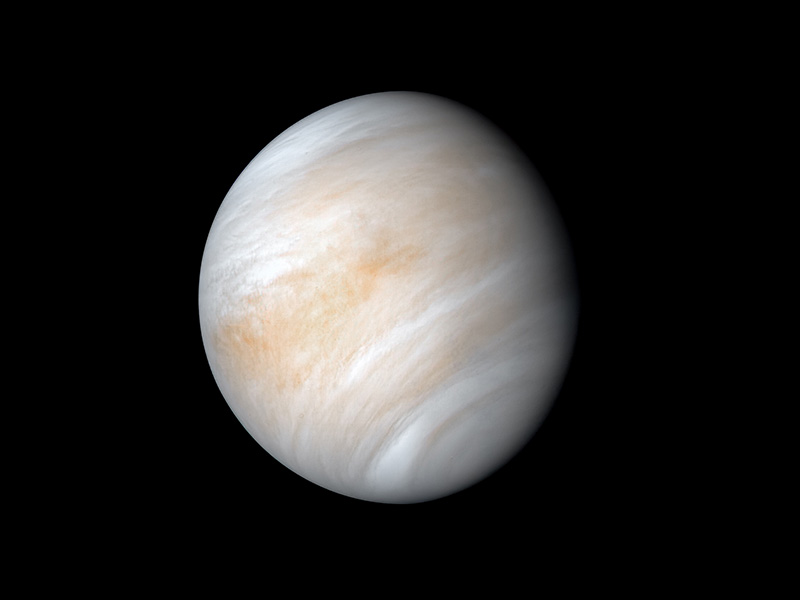- Leter from Dr. Julie Brisset (Principal Investigator of the Arecibo Observatory)13 Sep, 2022
- Arecibo Deputy Principal Scientist to Explore the Cosmos with the JWST02 Sep, 2022
- Letter from the Director22 Aug, 2022
- Piercing through the Clouds of Venus with Arecibo Radar17 Aug, 2022
- Summer greetings from the Facilities and Operations Team!17 Aug, 2022
- Arecibo Observatory at the Small Bodies Assessment Group12 Aug, 2022
- Meet the 2022 Arecibo Observatory REU students!11 Aug, 2022
- Meet Luis R. Rivera Gabriel, Research Intern in the Planetary Radar Group09 Aug, 2022
- Updates from the 2022 CEDAR Workshop in Austin, TX09 Aug, 2022
- Insights into the AAS Conference from AO Analyst Anna McGilvray08 Aug, 2022
- American Astronomical Society’s 240th Meeting: Plenary Lecture Building the Future of Radio Science with the Arecibo Observatory by Dr. Héctor Arce. 28 Jul, 2022
- TRENDS 202227 Jul, 2022
- Advancing IDEA in Planetary Science 27 Jul, 2022
- The Arecibo Observatory: An Engine for Science and Scientists in Puerto Rico and Beyond27 Jul, 2022
- Cryogenic Frontend work for the 12m telescope entering phase II21 Jul, 2022
- Remote Optical Facility Updates20 Jul, 2022
Piercing through the Clouds of Venus with Arecibo Radar
Byadmin17 August 2022 Planetary
 Image Credit: NASA
Image Credit: NASA| Planetary |
Although Venus is our nearest celestial neighbor, the last US mission to explore the planet - NASA’s Magellan spacecraft - burned up in the Venusian atmosphere nearly 30 years ago. That is about to change as three new space missions will target the clouded world: NASA’s VERITAS and DAVINCI and ESA’s EnVision missions.
Until these missions arrive, however, scientists interested in studying the surface of Venus must parse the older mission data or use observations acquired by telescopes like the Arecibo Observatory that can pierce through the thick clouds that enshroud the planet.
In a recent study, scientists did both. Dr. Bruce Campbell of the Smithsonian Institution and Dr. Jennifer Whitten of Tulane University were interested in exploring the depths of craters located in the mountainous highlands on Venus, where evidence for ancient Venusian lakes might be preserved in the surface rocks.
“No other Earth-based radar could give us these high-resolution, dual-polarization maps” - Dr. Bruce Campbell, Smithsonian Institution
“What our work showed is that some parts of the tallest mountain range, Maxwell Montes, are covered by fine-grained deposits that were ejected from the large impact crater Cleopatra,” says Dr. Campbell. To detect these grains, the team used the much higher-resolution radar data from the Magellan spacecraft in combination with observation from the Arecibo Observatory, which measured radar echoes in two polarizations. “The Magellan mission radar measured just one of these polarizations, so the Arecibo maps provide a unique extra dimension that separates out the signature of material, like crater ejecta, that covers the surface,” says Dr. Campbell. “No other Earth-based radar could give us these high-resolution, dual-polarization maps”.
The results from this work assist future spacecraft exploration of Venus. The Arecibo and Magellan maps of crater ejecta may help pinpoint the best examples of original, ancient rocks for the VERITAS and EnVision orbiters to look at in more detail. The Arecibo data also provide a unique look at the mountainous “Alpha” region on Venus that will be targeted by the DAVINCI descent probe.

Figure from Campbell & Whitten 2022; Radar images for Maxwell Montes. (a) Magellan horizontal-transmit, horizontal receive echo; (b) Arecibo opposite-sense circular echo; (c) Arecibo same-sense circular echo, with region of lower return encompassed by yellow outline; (d) Arecibo circular polarization ratio as color overlay on Magellan image.
Article written by Dr. Tracy Becker - AO Collaborator / SwRI Research Scientist
Contact: tbecker@swri.edu
|
Arecibo Media Contact |
Keywords: arecibo, observatory, Radar, planets, Venus, Mission Support

